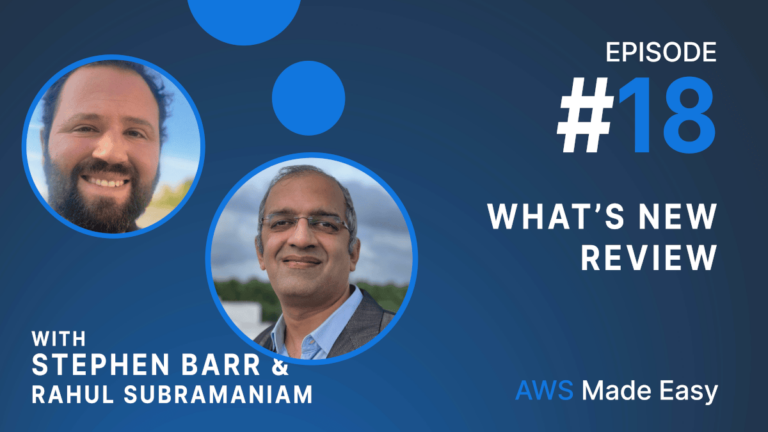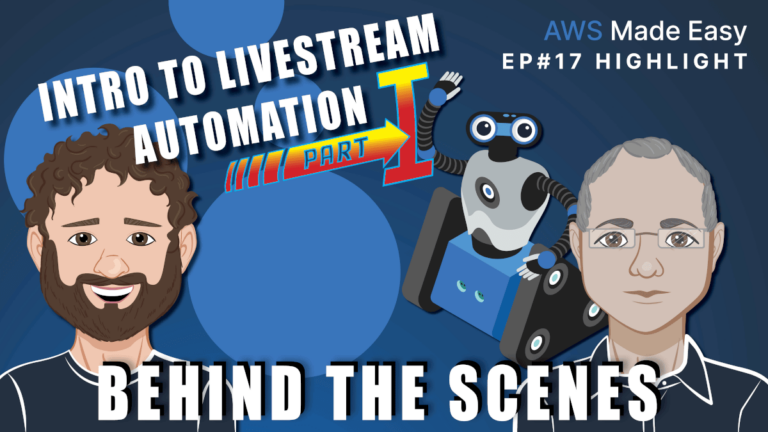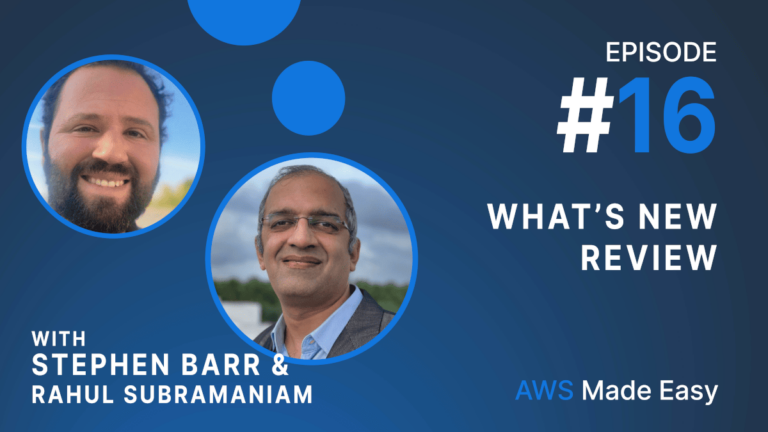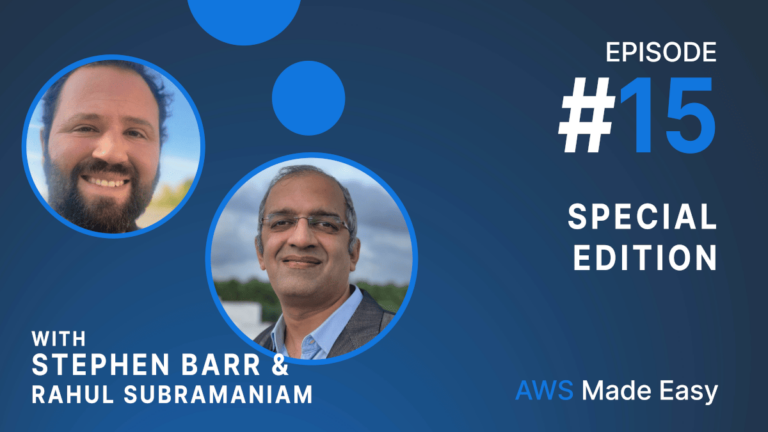Plus, we have introduced a new rating system for the articles. For each article, we are going to add a rating of either:

or

Or, if it is undecided:

An announcement earns a “Simplifies” badge if, overall, the new feature makes AWS easier to use. Conversely, a “Too complicated” badge is earned if the additional complexity added by this feature does not, in our estimation, have sufficient benefits. Or, if there is significant room for improvement. This is our first pass at a “ratings” system, and we will add some more granularity over time.
Amazon EC2 Console adds ‘Verified Provider’ label for public AMIs
In this announcement, we learn that Amazon has added a “Verified Provider” tag to AMIs in the marketplace. Although this is well intentioned, this does not seem to have sufficient granularity. Whether an AMI is “good” or “trusted” really depends on time and the use case. For example, an AMI may have great data science tools, but not be suited at all for public use.
Additionally, adding this at a vendor level seems to be extremely coarse. All vendors have had their ups and downs. Amazon should leverage the star system from Amazon retail which can allow for more detailed discussions on the merits of particular AMIs.
Verdict:

AWS Announces AWS Wickr (Preview)
This next announcement is a communications and messaging platform called Wickr. According to the Wickr site, the tagline is “Protect all of your communications, from video conferences to group messaging and file sharing, with Wickr.” It is not clear exactly what Wickr is at this point, but seems to be a Slack-replacement built on Chime. We will be testing Wickr throughout the next few weeks and come back with our final evaluation, but for now:

Amazon Macie introduces new capability to securely review and validate sensitive data found in an Amazon S3 object
This added feature to Macie highlights the innovation done by the Macie team. Sensitive data, such as PHI or credit card information, must be secured. Detecting such data in blobs of text and media can be extremely challenging, and it would be nearly impossible for any small or medium sized company to build their own “sensitive data detector” with the same level of accuracy.
The verdict on this one is clear:

The AI Use Case Explorer is now available
The AI Use Case Explorer offers what we have been waiting for, opinionated ways on how to approach common machine learning problems. With the AI use case explorer, it is easy to drill down by industry, problem type, and objective, and get links to case studies and suggested AWS tools to use. We hope to see similar tools like this for other parts of AWS, such as choosing databases.
Verdict:

AWS CodeBuild supports Arm-based workloads in South America (São Paulo) and Europe (Stockholm)
This announcement, that CodeBuild for ARM-based workloads is gaining momentum, is very welcome! With the Graviton series of processors, development for ARM is skyrocketing. With this announcement and others like it, it makes integrating ARM-based builds into a CI/CD pipeline a first-class experience.
Verdict:

Amazon Athena adds visual query analysis and tuning tools
Query analysis in SQL is complex and involved. And, since Athena can source from many different types of data stores, including RDS, S3, Dynamo, and more, it can be extremely difficult to model query speed. As Donald Knuth has said, “Premature optimization is the root of all evil.” Using visual query analysis, and the new Query Statistics API, you can get guidance on where to optimize.
Verdict:

Summary
| Article | Verdict |
|---|---|
| EC2 Verified Provider | Too complicated |
| Wickr | Wait and see |
| Macie new capabilities | Simplifies |
| AI Use Case Explorer | Simplifies |
| CodeBuild + ARM | Simplifies |
| Athena Visual Query Analysis Tools | Simplifies |
See you next week!




